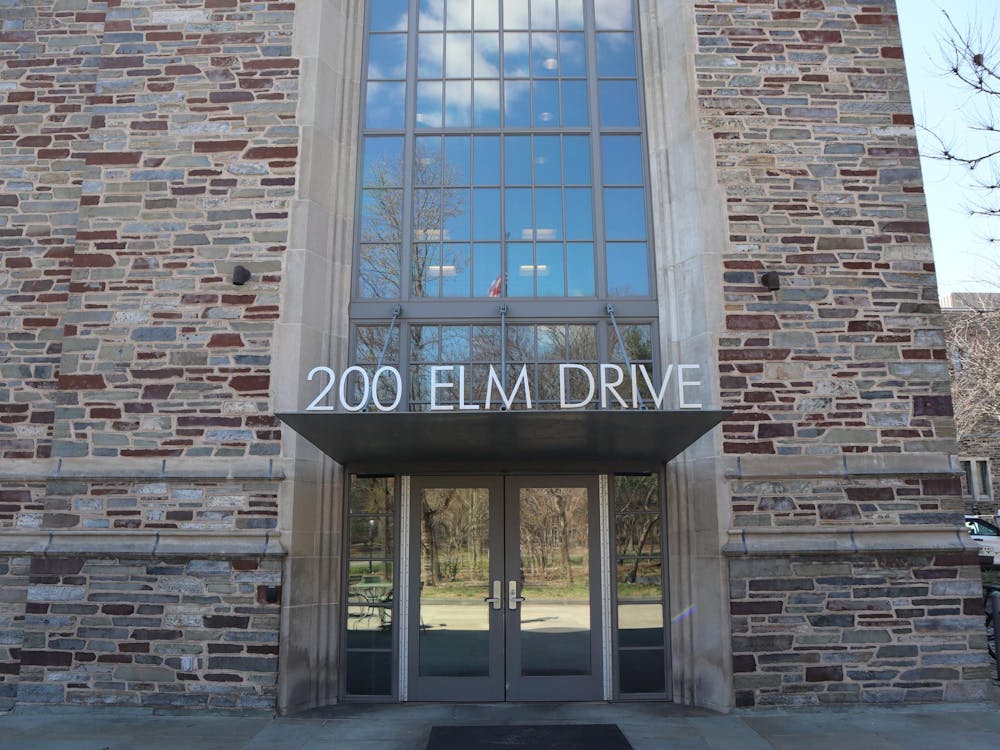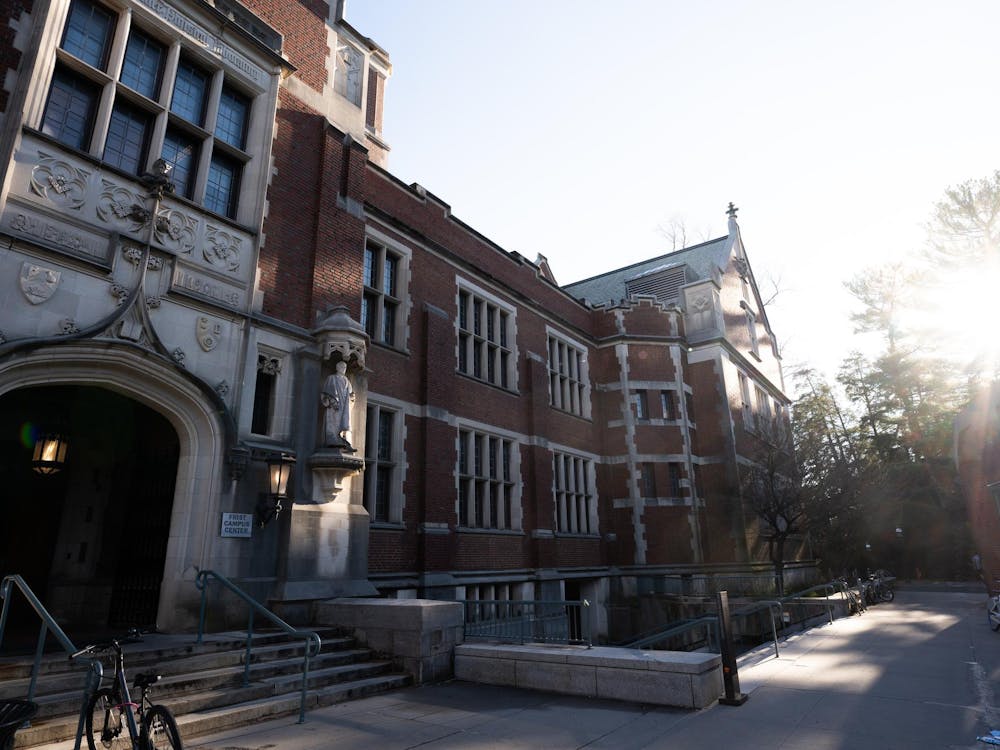After the “shock” of Donald J. Trump’s electoral victory settled down, I remember hearing any number of choice quotes about college students’ responsibilities for Trump’s election.
“Did you even vote?”
“All of these protests, but did you all go to the polls?”
“This is why you all shouldn’t have wasted your vote on Harambe.”
I wanted to make sense of the electoral decisions of my university peers — or at least a sample of them. I suppose I will never fully understand why Donald Trump became president. According to some, it is because stupid college kids were too narcissistic and myopic to vote for Hillary Clinton in as high rates as Barack Obama. To others, Donald Trump is a symbol of white backlash, yet another one that the nation has experienced since its founding. Perhaps a mixture of both, in liberal and moderate circles, the blame usually falls on the protest voter. For more reasons than one, perhaps this is unfounded scapegoating.
What is a protest voter? Many would consider, with derision, the act of voting third party as a protest vote. If I choose not to vote at all, I could also be considered a protest voter, especially if I had not suffered from voter suppression. In general, a protest vote is one cast (or lack thereof) when one is dissatisfied with the prominent, main party candidates. In the United States, many protest votes go to the Green or Libertarian Party, rather than the Democratic or Republican Party. Protest votes can also include those of the write-in variety or a blank vote. One of the most popular third party candidates of recent years is Ralph Nader ’55 who is often accused of splitting the 2000 vote in favor of George W. Bush (ignoring the Florida voting suppression scandal).
Millennials are commonly associated with protest voters. For example, in a September 2016 article, Charles Blow called for young African Americans to vote for Clinton despite their skepticism. Rather than focusing on why young black voters may be apathetic to Clinton and largely ambivalent about voting, Blow used shaming tactics to urge “dumb, childish, self-immolating” protest voters to ostensibly save Clinton from a devastating loss. The implicit tone of this article and others is that young people — particularly young black people — were too myopic to understand the impact of their voting behavior. In this way, the common conception of the protest vote is that it is characteristic of unintelligent, low-information voters, who, if they were more knowledgeable about Clinton’s platform, the electoral college system, or the Democratic Party’s reliance on them, would have acted differently. This narrative, however, becomes more complicated when one considers how Ivy League students — who are typically considered high-caliber, knowledgeable people in general — are included in such a large age group.
According to GenForward’s December 2016 Toplines survey, 28 percent of adults ages 18-30 chose not to vote for president. Of the 1,823 sampled, 59 percent had at least some college education or above. In this survey, 20 percent of all 18-30 adults voted for Donald Trump and 42 percent for Hillary Clinton. Only 9 percent voted for third party candidates, including Jill Stein and Gary Johnson. White adults 18-30 voted for Gary Johnson at the highest rate — 5 percent — while Jill Stein received the highest support from Latino/a 18-30 adults, with 3 percent. In short, this survey data suggests that 37 percent of 18-30 adults cast a “protest vote”.
Whether one considers the voting patterns of egotistical, “social justice warrior” college students as the reason for Trump’s presidency is an article in itself. But how do students on Princeton’s campus feel about protest voting? How complicit are “we”?
I took a survey of Princeton students, not to extrapolate from such results but to get an idea of how some Princeton students felt about protest voting and whether they participated in such an act. Of the 21 results I received, 85.7 percent of students voted in the 2016 presidential election. 23.8 percent of these Princeton students voted for Gary Johnson or Jill Stein, the former of whom was overwhelmingly most popular. While this percentage from my small sample is lower than that of GenForward, it appears that “protest voting” is not anomalous on Princeton’s campus. What does this mean?
I would like to first address the limits of my survey. Besides the small number of those sampled, the title of my survey: “Protest Voting — Your Thoughts” may have been self-selective and therefore attracted a higher proportion of protest voters than representative of Princeton’s population. Despite these limits however, helpful information can be gauged as to how Princeton students may defy or fit into the “myopic-college-student-who-is-to-blame-for-Trump” stereotype.
Of those surveyed, few wanted their comments published in this article, perhaps indicating that voting behavior is understandably a private matter. However, from a broad perspective, about half of the survey-takers had negative stances on protest voting, appealing to logical arguments and the constraints of the two-party system. Another half either defended their votes or lack thereof, with various reasoning.

It is perhaps impossible to get a true indication of how many Princeton students protest voted, due to the stigmatization surrounding such a choice. While my investigation began with an interest in protest voting on an Ivy League campus and the views of my peers on the subject, a major takeaway from this short investigation is that the protest voting population at Princeton probably exists — but a full reveal is unlikely considering the morally heinous events of the Trump presidency.
Imani Thornton is a politics major from Matteson, Ill. She can be contacted at it4@princeton.edu.








